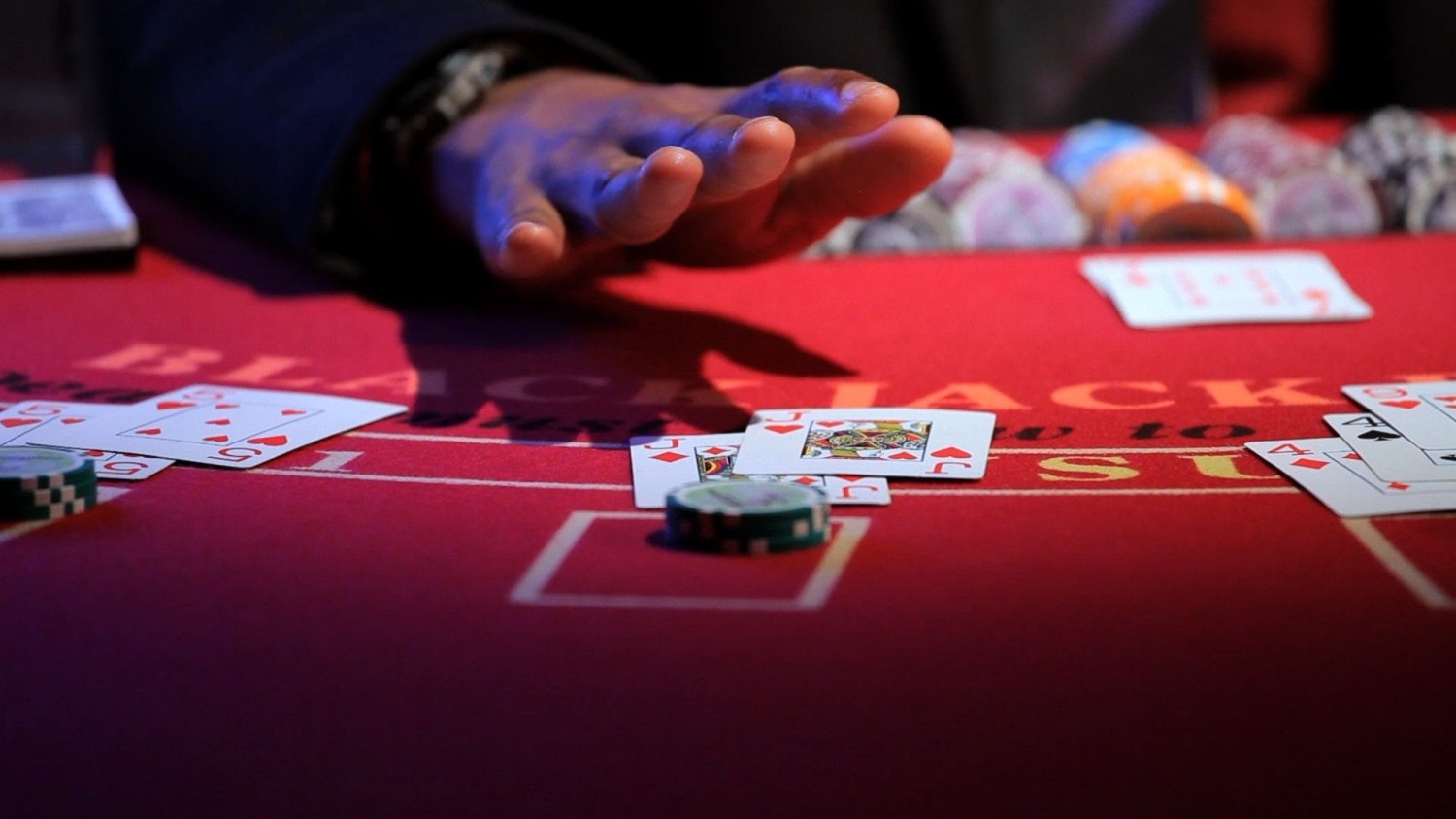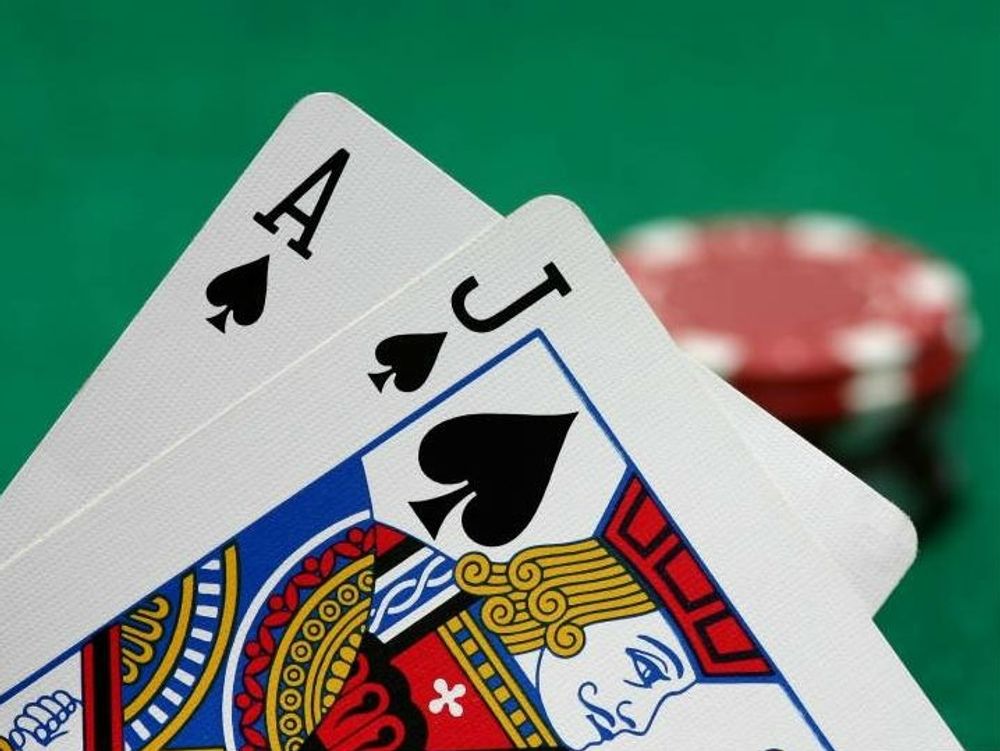
What to do at the dealer when it’s 12 o’clock and 2 o’clock? The answer to the question posed in the article’s title is extremely straightforward. Any optimum strategy table will tell you that in this circumstance, you should take another card. We vouch for the accuracy of your choice and advise you to make it consistently.
But consider how difficult it might be for a newbie to make such a decision. They are terrified of receiving a 10, which would result in overkill. Furthermore, they believe the following cards in the shoe will be two tens, giving the dealer twenty–two and allowing them to win all of the boxes. Many novice players in this circumstance deviate from the standard blackjack strategy’s suggestions because of this reasoning.
It is unsurprising that their decisions often result in a victory, and this only serves to persuade them that they must sometimes “think with their heads” rather than depending on a statistically correct plan. It’s simple to see the ramifications of such decisions for a casino customer. Let’s look at this circumstance in depth so you can see why you need to take a card with twelve from you and two from the dealer.
The Likelihood of Certain Outcomes

First, consider this: just four cards out of a potential thirteen will result in a bust. As a result, the likelihood of continuing the game after taking a card is more than 60%. At the same time, the dealer’s deuce indicates that he will have too much in 35 percent of the time and will score between seventeen and twenty-one in 65 percent of the time.
Make your own comparisons. The odds of the following card resulting in a set of twenty-two are slim. On the other hand, the dealer has a nearly two-to-one chance of winning on the deuce. The potential results, on the other hand, have long been computed, and the truth is as follows:
- If you cease recruiting, you have a 65 percent chance of losing.
- If you take a card, you have a 63 percent chance of losing.
- The statistics may differ somewhat under specific criteria, but the basic picture remains the same. From the standpoint of mathematics, taking a card at twelve with a deuce from the dealer is more advantageous, and mathematics is the most important science in blackjack.
This position is initially disadvantageous to the player, but if you accept another card every time in this scenario, you will lose less in all subsequent draws over time than if you stop the set of cards.
Exceptions
Exceptions to these rules are only feasible if you keep track of the cards and notice that there are a lot of dozens in the remaining decks, which increases the chances of you being busted. Even in this circumstance, though, taking a card might be beneficial since pit bosses compute counters based on such judgments, which, honestly, go against the main plan.
In addition, during tournaments, it may be essential to decline another card on twelve with a deuce at the dealer if certain specific conditions apply. However, such intricacies fall under the area of uncommon occurrences with which a new player should not be concerned. Finally, this is an uncommon occurrence, and your non-standard remedy will have little impact on the outcome.
How Do You Respond When You’re Dealt Two Sixes?

If your twelve points are made up of two sixes, you should divide them. A choice like this might be challenging for some people. They’re frightened of losing fifteen or sixteen points, which would be quite unprofitable. In reality, splitting sixes will cause you to lose around 57 percent of the time, which is already better than stopping or finishing one card.
There may be exceptions to some aspects of the blackjack rule you’ve picked in this case, but we won’t go through them now. In any case, just play the game versions for which you may choose the best approach.
What Is the Best Way to Play the “Soft” Twelve?
You have two aces in your hands if you have “soft” twelve points. There’s nothing to consider here: just divide. Regardless of the dealer’s open card, aces are always split.
Conclusion
Almost always (unless in very rare circumstances), you must take a card from the dealer on the “hard” twelve at two. Make a split if you have a pair of sixes or a pair of aces; you won’t make a mistake. In any event, the set of cards on the box should never be stopped.